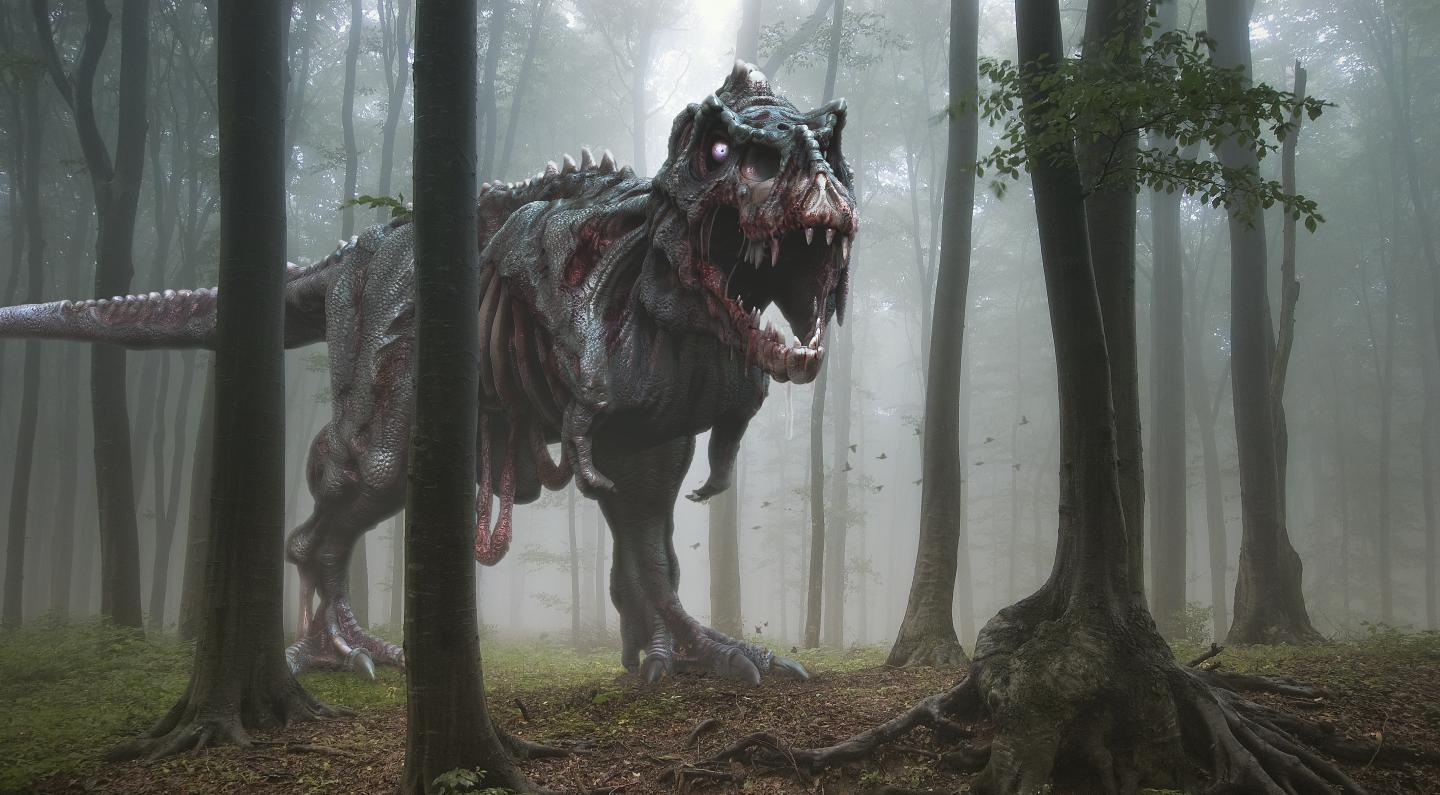A key part of palaeontology is reconstructing long-extinct creatures to understand what they were like when they were alive. Such knowledge allows us to answer fundamental questions about how they moved and interacted with their environment. How did they feed and reproduce? Which of today's organisms are they most like and most closely related to?
It has challenges. The history of life can be distorted by the ways animals decompose and lose body parts as they decay - and the ways in which decayed bodies ultimately become fossilized. Like on-screen zombies in "The Walking Dead" that gradually deteriorate through time, fossils preserve only incomplete remains of the living body.
In a recent study, a group of palaeontologists followed a macabre, and nasally-challenging road to knowledge - watching carefully as animal carcasses decompose in order to better understand the process.
Understanding how much of a fossil is missing, and what has been changed by decay and fossilization, helps to create a more accurate picture of ancient animals and ecosystems. This is particularly important for things lacking hard skeletons and shells - including crucial fossil evidence of early animal life on Earth. Fossils are not only incomplete, some of the features that are present don't look anything like they did when the animal was alive, and many features are missing completely. The trick is to be able to recognize partially-decomposed features, and where body parts have rotted away completely.
What a zombie T. Rex might look like. Credit: Herschel Hoffmeyer
The approach used involved 'laboratory decay experiments': keeping careful records of every body part as it decays away. The results of rotting a whole range of dead animals, from hagfish and lampreys (primitive eel-like creatures) to insects and various worms, show that carefully designed experiments provide unique insights into the processes of decomposition and fossilisation.
This highlights the importance of understanding how a fossil is formed before trying to reconstruct it - how the processes of decay that lead to loss of body parts interact with the processes that cause them to become preserved and fossilized.





Comments